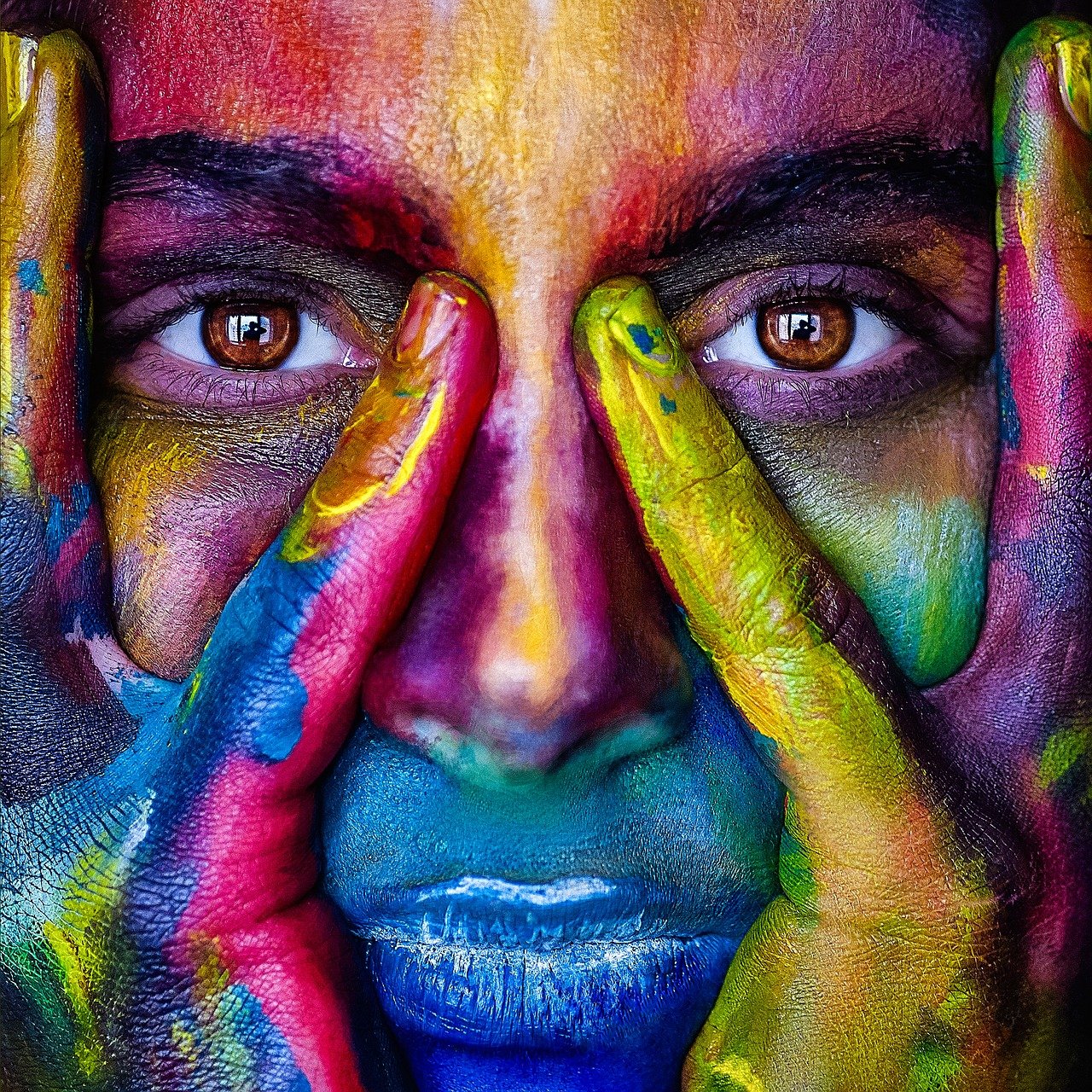Even though most of us can recognize and recall hundreds of distinct faces, some individuals are better at it than others. Even if they have just seen a face momentarily before, super-recognizers can correctly identify it. On the other hand, developing prosopagnosics have a hard time recognizing faces in a variety of circumstances. However, the bulk of us falls somewhere between these two extremes when it comes to face detection. But why are there such significant disparities between individuals? What effect do these talents have on us, and where do they originate? Psychologists have begun to look at such issues and have discovered many solutions. We’ve found, for instance, that it’s related to character.
Why is it that our memory is so poor?
We place a high value on meeting new people, so why is our recall so poor? Is it feasible to enhance your people-recognition skills? And, even better, to recollect who they are, how you know them, and the golden grail of name recall? The way we think about memory as a single large muscle that is either strong or weak tends to obfuscate how our brain functions. We prefer to speak about memory as if it were a single, monolithic entity. Yet, for us to recall anything effectively and adequately, we must go through several distinct processes.”
Personality
We investigated the connection between extroversion and individual facial recognition skills in our research. Extroverts are better at interpreting social information and participate in more social activities than introverts. Extroverts may be better at recognizing various personalities.
Feature-Based:-
Faces are located using the feature-based approach by extracting the physical properties of the face. It is used to distinguish between face and non-facial areas after being trained as a classification. The goal is to go beyond our intuitive understanding of faces.
Matching Templates:-
By comparing the templates to the input pictures, the Template Matching technique locates or detects faces using pre-defined or parameterized face templates. The eyes, facial contour, nose, and mouth are the four parts of a human face. A face model may also be created from edges using the edge detection technique. This method is easy to use. However, it is insufficient for facial recognition. Deformable templates, on the other hand, have been suggested as a solution to these issues.
How do you recall names?
But how do you go about remembering a face consciously? Concentrate on characteristics that will not change, such as small ears or a round chin, and mentally emphasize them when you first meet them. Even though the caricature is less realistic than viewing someone’s picture, it’s often straightforward to recognize individuals depicted in the joke. They accentuate the features of a person’s look that we notice the most. People recognition requires precise, comprehensive recollection. It’s pointless to memorize someone’s name if you can’t recall it fast, and nothing is more irritating than the tip of the tongues’ phenomena.

